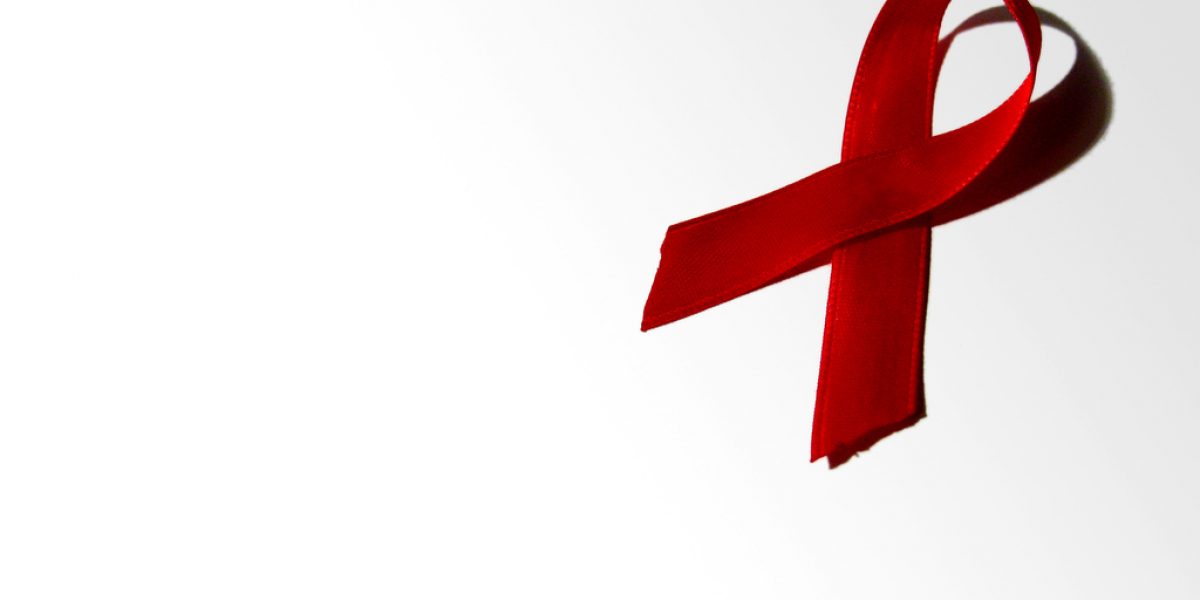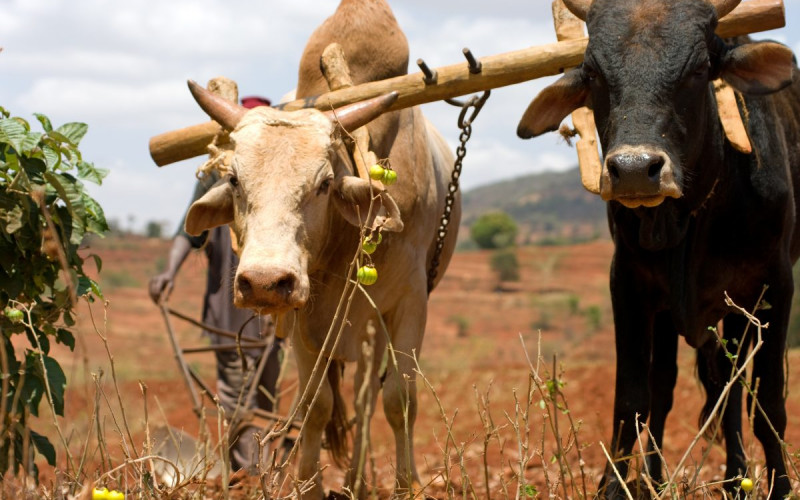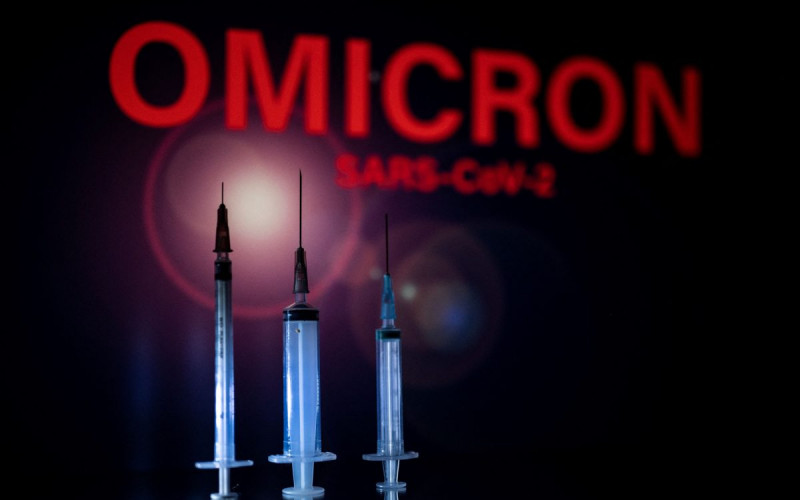But one of the most important bottles in her arsenal is not a drug, but a basic multivitamin, which she encourages caretakers to give daily to each infected child. Although anti-retroviral drugs (ARVs) are becoming increasingly available across the African continent, they remain out of reach for most HIV-positive people. Only a handful of the children in the Ingwavuma Orphan Care’s support group are enrolled in pre-counselling for the fledgling anti-retroviral programme at the local government hospital, Mosvold, which began offering the drugs to a limited number of patients late last year. The rest either do not yet qualify because their CD4 counts – a measurement of the number of disease-fighting cells in the blood that is usually considered the best indication of how far AIDS has progressed – are still too high or their families have decided they cannot meet the programme’s stringent requirements, including frequent and often costly trips to the hospital.
In Ingwavuma and across Africa, health workers like Dr Barnard are turning to basic vitamins and good nutrition to help patients where anti-retroviral drugs are not yet available or not yet appropriate. Although scientific evidence about the benefits of such treatments are lagging behind its clinical use, anecdotal evidence shows that, especially in the African context where many diets lack essential nutrients, basic nutrition may be the first line of defence in the battle against AIDS.
‘I think nutrition and medicine should go hand-in-hand, but there tends to be more of an emphasis on the therapeutic interventions than preventative,’ said Dr Des Martin, president of the South African HIV Clinicians Society.
African clinicians, like their counterparts in the developed world, have been using nutrition for years, based on their own experience. But so far, international health organisations have been slow to adopt practical programmes that implement such ideas and scientific research in the area has lagged behind the development of pharmacological and medical interventions. While the World Health Organisation (WHO), UNAIDS, and the World Food Programme (WFP) have all embraced nutrition in theory, they have yet to offer any practical advice about how to incorporate nutrition into AIDS care in the developing world.
But in the resource-poor environments of many societies affected by AIDS, diet is often a function of poverty rather than choice.
Bad name for nutrition
Although long embraced in Western countries as part of a holistic AIDS treatment programme, in the developing world nutritional interventions became politicised when opponents of anti-retroviral programmes and AIDS denialists argued that nutrition could substitute for ARVs or even that the cause of AIDS was malnutrition rather than HIV. South African Health Minister Manto Tshabalala-Msimang’s suggestion that people with AIDS eat African potatoes, garlic and beetroot, for example, has been much mocked by political action groups demanding a government-funded ARV programme.
In the aftermath of debates about the affordability and efficacy of universal ARV programmes, any emphasis on nutrition has been dismissed as an excuse for not doing more.
Although there is still much to be learned about the exact relationship between AIDS and specific nutrients, it is generally accepted by scientists that a malnourished person is more susceptible to AIDS-related opportunistic infections and experiences a speedier decline into illness. Also, the disease itself often exacerbates existing nutritional deficiencies by causing a reduction in appetite and the loss of nutrients through vomiting and diarrhoea. The wasting seen in many AIDS patients is in fact a slow starvation of the body, due to its inability to absorb food.
There is also evidence from the developed world that AIDS and AIDS-related diseases cause specific nutrient deficiencies, although here the implications for the developing world are less clear. Studies of homosexual men with AIDS in the US show that many patients have difficulty absorbing fats, carbohydrates and vitamin B12 and that deficiencies of vitamin A may make patients more vulnerable to renal failure. Other studies have shown that HIV-positive pregnant women are specifically vulnerable to vitamin A deficiencies, although recent research from Tanzania showed little benefit to vitamin A supplementation alone.
Defining nutrition for the developing world
The walls of the waiting room of the antiretroviral clinic at the Princess Marina Hospital in Gaborone, Botswana, are plastered with posters explaining the four main food groups, urging HIV-positive patients to eat a well-balanced diet. But in many communities hard-hit by the AIDS epidemic, the failure to eat well is often an issue of economics more than of education.
‘The problem with the whole nutritional argument is that everyone talks about how everyone must have a well-balanced diet,’ said Basil Kransdorff, founder of Econocom Foods, which produces a nutrient-heavy food supplement called e’pap used by many HIV-positive people across the continent. ‘If you’re sitting in a squatter camp and are poor, it’s like telling them to fly.’
In Africa, the basic diet of many people lacks many essential nutrients such as protein, vitamin A, zinc and iron, Kransdorff said. HIV-positive people, many of whom are unable to work or farm, may struggle to put even the most basic food on the table, much less a well-balanced diet.
Recognising the specific vulnerability of AIDS-affected households, the WFP and various NGOs often target such families for food aid, while some governments offer social grants to people suffering from AIDS. In South Africa, patients with CD4 counts below 200 can qualify for disability grants, while in Botswana sick people can access large, nutritious food baskets through home-based care programmes.
Some policymakers have even suggested that AIDS is making many hard-hit countries more vulnerable to famine and food crises. The phrase ‘new variant famine’ was coined during the recent food crises in Southern Africa to describe a situation where even minor fluctuations in weather patterns could tip AIDS-stricken societies into famine because the disease had weakened so many people’s capacity to cope with crises.
But while many experts recognised that AIDS increases the likelihood that people will become food insecure, few food interventions targeted at HIV-positive people have placed much emphasis on the nutritional quality of food aid. The standard food parcels distributed by the WFP in Africa, for example, usually include a starch, like maize meal, along with beans, oil and perhaps salt. In some AIDS-hit areas, the agency also distributes a limited amount of fortified corn-soya blend, which has a higher protein content and more nutrients.
Although such foods constitute the basic diet for many Africans, they lack many of the essential nutrients believed to be essential for good health.
The evidence
The most recent evidence that good nutrition can benefit people with AIDS came from a study of pregnant women in Tanzania published in July by the New England Journal of Medicine. A team led by Harvard School of Public Health Professor Wafaie Fawzi, in cooperation with scientists at Muhimbili University in Tanzania, found that HIV-positive patients who received a daily multivitamin tablet containing vitamins B, C and E had significantly lower death rates and higher CD4 counts.
Another recent study from Thailand showed that a multivitamin reduced mortality by 74% for people with CD4 counts under 100 and 63% for people with CD4 counts under 200.
Additionally, several studies, as well as substantial anecdotal evidence, points to rapid improvements among HIV-positive people using e’pap and other similar supplements.
In an unpublished study from Zimbabwe, a group of HIV-positive patients from high-density suburbs around Harare enrolled in a home-based care programme were fed either e’pap or standard rations of maize meal, beans and cooking oil. The researchers found that patients eating e’pap, which contains 28 different nutrients, showed measurable declines in common AIDS-related problems such as skin problems, diarrhoea and severe coughs. Their average CD4 counts remained stable initially and then eventually improved, while the CD4 counts of the non-e’pap group declined over the same period.
Research involving another nutritional supplement, Nutrifil, which was designed by scientists at the Dublin Institute of Technology after the 1994 famine in Somalia, also showed substantial weight gain and a reduction in hospital visits among HIV-positive patients in Uganda, when compared to patients fed a normal diet. A second study by the Institute, also in Uganda, also showed that the supplement had greater beneficial effects than the corn-soya blend favoured by the UN. Forty-three percent of patients using Nutrifil had increased CD4 counts, compared to only 18% using the blend.
NGOs providing e’pap to their clients also report a dramatic improvement in their health, often within a few days. An organisation of people living with HIV/AIDS in Botswana said users experienced an average weight gain of between 2 and 3.5kg in a period of one week, while a hospital in Entebbe, Uganda, reported that after 10 days of eating e’pap, patients had gained weight, increased their appetite and many of their skin problems had cleared up.
‘We’ve discovered that good nutrition can help control AIDS-related sickness,’ said Masike Morelle, a youth services officer at CARE, an NGO in Johannesburg that worked with Kransdorff to develop e’pap and now estimates that 80% of clients use the supplement. ‘Some people take a very pro-pharma approach, but medicine won’t be the solution without good nutrition.
‘In fact,’ he said, ‘we think nutrition may be even more important than drugs.’
Not a substitute for ARVs
Authors of recent studies on the benefit of nutrition for people with AIDS are quick to point out that nutrition is not a substitute for the gold standard of AIDS care: highly active antiretroviral therapy (HAART), which includes a triple cocktail of drugs. Instead, they argue that nutrition should be a complimentary intervention that can delay the moment when ARV drugs are needed and improve their effectiveness when begun.
Most antiretroviral programmes in the developing world follow WHO guidelines, which state that for adults antiretroviral drugs should be started when a patient’s CD4 count falls below 200 or the patient exhibits certain clinical signs of advanced disease progression.
At an annual retail cost of $15 per patient, the authors of the Tanzania vitamin study argued, multivitamins provided a cost-effective early intervention, but were not a replacement for ARV drugs: ‘Introducing these supplements would preserve the use of antiretroviral drugs for later stages of the disease, avert adverse events associated with them and significantly reduce treatment-related costs.’
Still, advocating nutrition as an intervention for HIV continues to be controversial with many arguing that developing world patients deserve the same standard of care as patients in the developed world and that offering anything less is merely an excuse for not doing more. But the reality is that antiretroviral treatment is likely to remain out of reach for many patients in the developing world for the foreseeable future.
The WHO’s 3 X 5 programme, which aims to put 3 million people on anti-AIDS drugs by the year 2005, is behind schedule and many believe the organisation will not meet its target. And while the cost of ARV drugs has declined dramatically in recent years in the private sector, they remain too expensive to purchase privately for all but a handful of Africans.
In the meantime, nutritional interventions such as vitamin pills and food supplements like e’pap offer tangible benefits at a price that even many poor Africans can afford.
In places where they are readily available, such interventions have been widely adopted by people living with AIDS. In Lesotho, for example, Positive Action, an organisation of people living with HIV/AIDS, has made e’pap and other nutritional supplements widely available across the country through member-owned stores and stalls. The supplements have helped improve the health of thousands of people and created small business opportunities for many of their members.
There is also evidence that nutrition is important within the context of an ARV programme. People on ARVs often experience extreme hunger and cravings for specific types of food, such as iron-rich vegetables like spinach. Additionally, some clinicians fear that the toxicity of the drugs may increase without proper nutrition.
While data from the developing world remains sparse – and is in great need of further investment – much research has been done in the developed world about the relationship between AIDS and nutrition, and dietary interventions have long been a part of standard AIDS care in the West.
Additionally, while further research may highlight specific nutrient deficiencies in people with AIDS in the developing world, clinicians in Africa have experienced marked success by simply ensuring their patients receive the normal recommended daily allowances suggested for healthy people.
Let the private sector lead
Private companies have been far more aggressive than governments and NGOs in incorporating nutrition into HIV care programmes. Some companies, such as the Shinning Century [sic] textile factory in Lesotho, support vitamin supplements for their employees, while others offer wide-ranging wellness programmes.
Lifeworks, a Johannesburg-based company that designs and implements HIV/AIDS programmes for companies in several countries, including South Africa and Lesotho, sees nutrition as a vital component of any AIDS care programme. Sean Jelley, the company’s CEO, says 60% to 70% of their patients have not yet reached the stage where they require ARV treatment, and the company employs a variety of methods to try and delay that point for as long as possible. While the treatment they provide is tailored to the individual, the company often provides patients with vitamin supplements and a natural immune booster called Sutherlandia, whose benefits have not been scientifically proven (research is underway), but whose benefits are attested to by many AIDS clinicians.
‘One of our problems in South Africa is that we’ve inherited a first world model, which is an ARV-intensive model that has ignored the pre-HAART stage,’ said Jelley. ‘The nutrition and the primary healthcare, counselling, all those things are real factors.’
Private companies such as Econocom have also been on the forefront of developing and marketing innovative new nutritional supplements. E’pap, which is probably the best known, distributes 2.5 million servings in 12 African countries each month, with much of the profit going to CARE.
Following e’pap’s success, a variety of local and international companies have developed their own food supplements with names like goAhead, a cereal created by a former employee of Kransdorff. In addition, a Kenyan business called Spin Knit Dairy has teamed up with a US company to develop a fortified nutritional drink called TRI-umph!, which is currently undergoing clinical trials at the University of Nairobi.
The public sector
South Africa is leading the way in terms of incorporating nutrition into their AIDS treatment. A new law now requires producers of maize meal to fortify their product with several basic nutrients, although some experts say much of the nutritional value is lost with cooking. The government is also providing fortified supplementary meals and multivitamin pills to people infected with both HIV and tuberculosis.
‘Nutrition has been identified as one of the most critical components of the HIV/AIDS treatment plan,’ said Gilbert Tshitaudzi, a dietician and the deputy director of the department of health’s nutrition unit. ‘It’s not done in isolation, but is part of a broader treatment programme.’
The primary goal of the programme, said Tshitaudzi, is to delay the progression of the disease and maintain good health without ARVs for as long as possible. In theory, all people enrolled in the ARV programme should receive nutritional counselling, which should also help identify those who are food insecure and refer them to programmes in other departments.
The WHO plans to hold a conference in South Africa next year on AIDS and nutrition. For many clinicians on the ground, that’s good news for patients, but long overdue.








